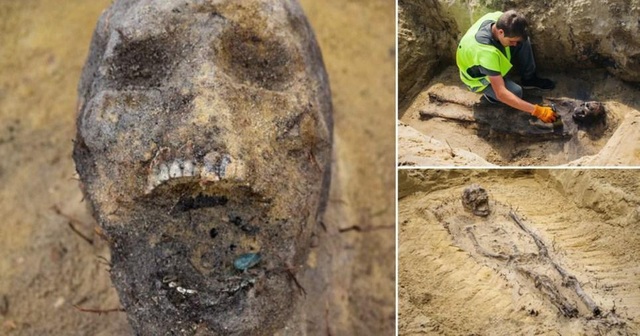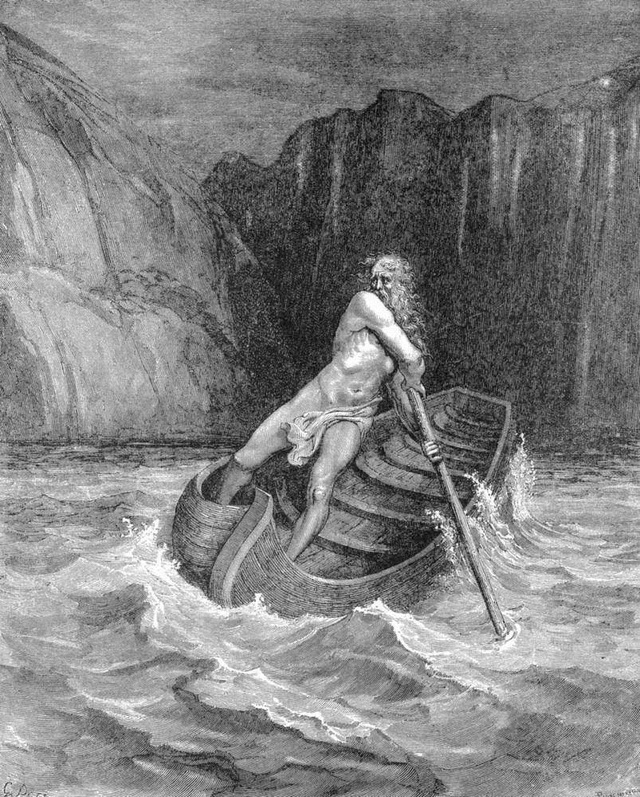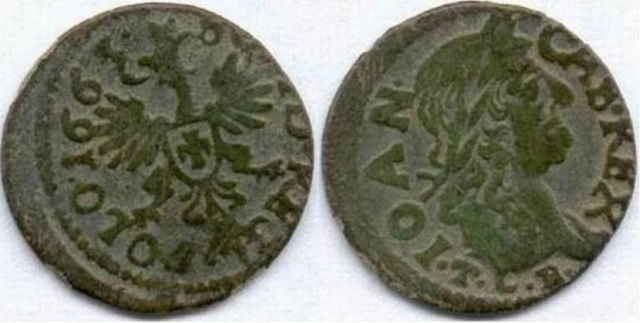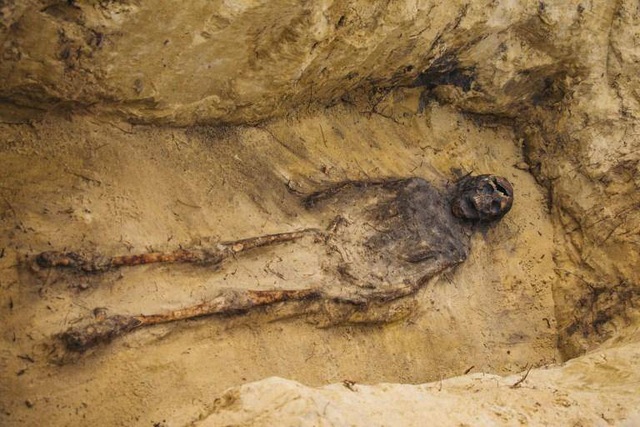The bodies are neatly arranged, quite intact and all contain a “death coin” that archaeologists say has about 500 years ago, opening the mysterious and shocking story of the legend of “giving spirits” souls of the dead cross the river”.
Recently, hundreds of human remains were discovered at a construction site in Poland. Surprisingly, most of the skeletons found contained ancient coins in their mouths.
The site where the grave was found is located in the southeastern part of the Carpathian province in Poland. During the construction of the S19 highway, local workers accidentally excavated a group of ancient tombs. A total of 115 bodies were exhumed. Judging from the size of the bones, experts found that more than 70% of them were children.

It can be seen that most of these corpses have a metal coin in their mouth. Based on archaeological studies, experts say this comes from a 16th-century Christian church burial tradition. It is believed that there is a river of Acheron in hell that can cross the realm of the living. and death in Greek mythology. For each river, there is usually a Potamoi (River God) who rules. Potamoi of the Acheron River is the old boatman Charon, whose job is to bring the souls of the dead across the river. In order to get on the boat, the dead must pay a fee to Charon. That’s why people who die at burial often take a coin to use as a toll. Those who are unlucky when they die have no way to cross the river, their souls are forever stranded on the banks of the Acheron River, neither going to earth nor going to hell.
Experts preliminarily speculate that these skeletons come from around 500 years ago. According to archaeologist Katarzyna Oleszek: “This burial reflected their religious beliefs at the time, and the coin in their mouth was called the coin of the dead.”

This tradition is rooted in ancient mythology and has been continued for a long time in traditional Christian funerals. According to records, at the end of the 19th century, during the rule of the Holy See by Pope Pius IX, it was still customary to put a coin in the mouth of the dead. Most of the coins come from the reign of Ziegmont III from 1587 to 1632 and the reign of Casimir John II from 1648 to 1668.

Except for coins, no other funerary items were found around the skeletons, no decorations or coffin handles. It is speculated that these dead belonged to the poorest class of society. This must be a collective cemetery where the bottom people of society are buried.
But Mr. Katarzyna did not think it was a mass grave because the bodies were neatly arranged. “According to the preservation of the bones and the way they were placed, this is a Catholic church cemetery. Despite the poverty, these bodies were adequately buried at the time. there.”

It is reported that these skeletons will be handed over to anthropologists to carry out the necessary research, and then will be buried in the local cemetery again.
Source: dantri.com.vn








